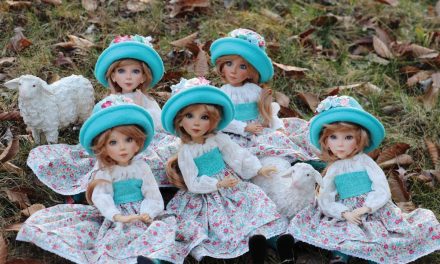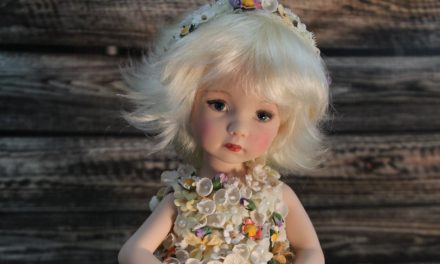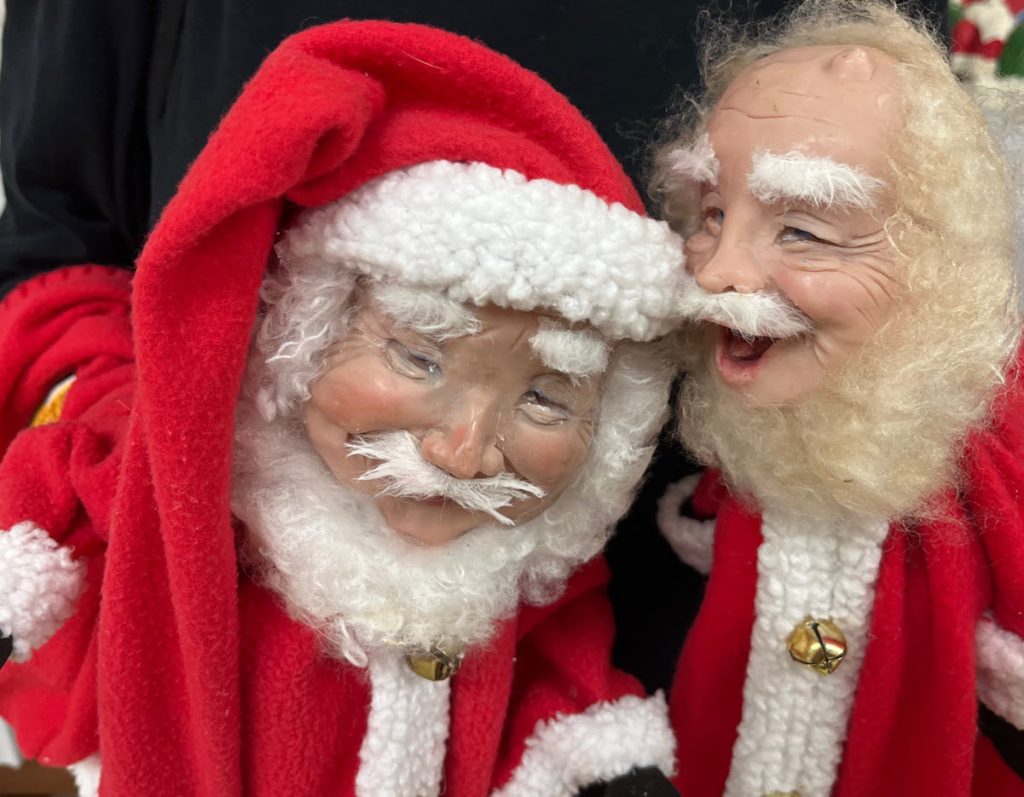
Photos Courtesy of Melisa Thompson
Born in the early 1930s to Armenian immigrants, Marge Kalashian Crunkleton has lived through more than nine decades of economic and social change. However, her love of dolls and her creativity have always been present.
Journey of a Dollmaker
The first doll Crunkleton owned was made by her mother using old socks. She said, “That first doll was well loved and appreciated. However, the dolls I remember very clearly were what was called penny dolls, made in Japan. They cost one cent and were tiny — about 3 inches tall — and made out of some kind of glass.” Crunkleton remembers looking over the penny dolls carefully in the store, making sure she selected ones with eyes painted in the right spots and that had flawless hair. Because they were sold without clothes, she would go home and cut holes in scrap fabric to create skirts and matching hats. She was only 6 years old but already showing signs of her future as a doll artist.
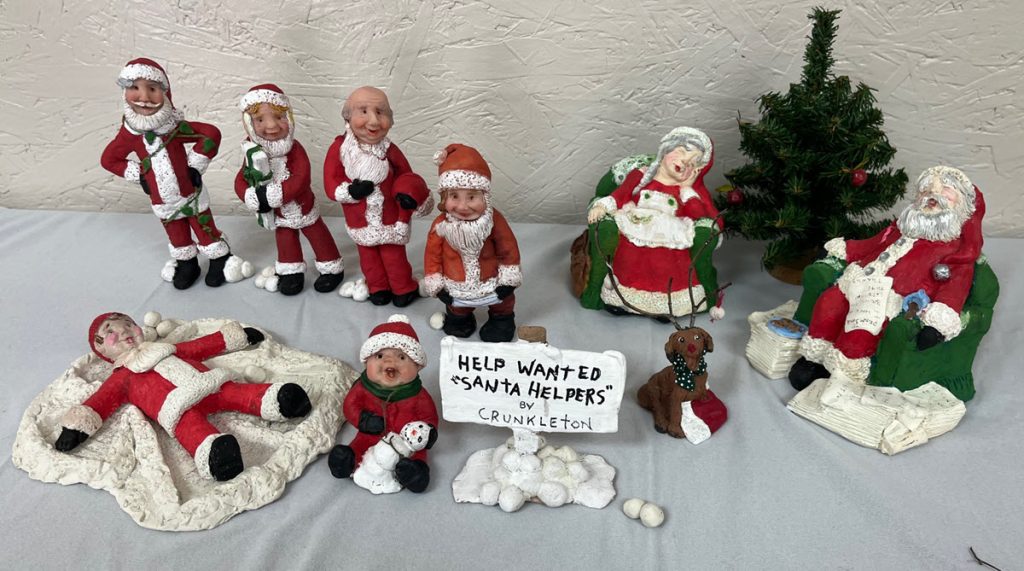
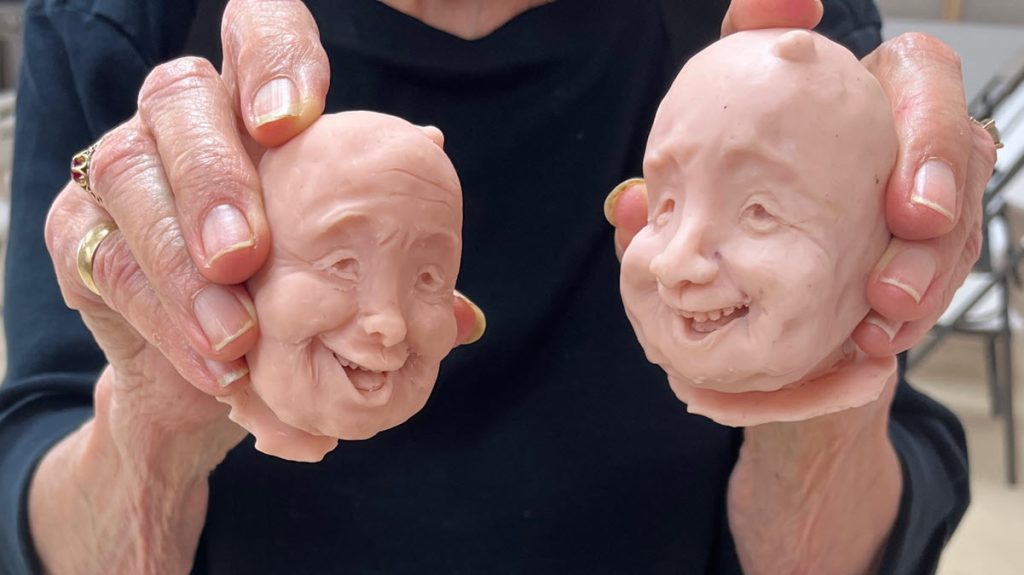
As Crunkleton grew up, she became more skilled at designing and sewing. This can be partially attributed to her parents. She said, “My mother was an expert sewer. She could not read or write English, but she could cut a pattern out by just looking at the design.” Her father could also sew, and he repaired and resoled their shoes. As a result, it was no surprise when Crunkleton herself began making clothes for several family members and classmates, in addition to her dolls. “I made several doll dresses that were copies of a couple I had sewn and designed for myself as a teenager. They were quite good and styles that were in fashion in the early ’50s,” she said.
After high school, Crunkleton attended a design school in Milwaukee, Wisconsin, but she quickly decided a formal college education wasn’t a path she was interested in pursuing. Instead, she went to work with a talented dress designer for a couple of months. The hands-on experience provided her with valuable knowledge of some sewing tricks and shortcuts. When the projects ran out with this designer, Crunkleton took on a job with the Singer Sewing Machine Company. She would sit in the store window facing the busy street and demonstrate various sewing techniques.

A year later, Crunkleton became a messenger for a Milwaukee gas company, and she eventually moved up to become the engineering department’s first female draftsperson. Although this was a full-time job and a career path she ultimately pursued, she chose to hold down a job at a fabric shop at the same time. She would suggest fabrics to customers based on her own design and fashion knowledge, which was something she enjoyed.
By age 21, Crunkleton was working for Eastern Airlines. “I was a stewardess for a little over a year, with no sewing involved or designing at all for some time.” While living in Atlanta for this job, a man named Ted knocked on her apartment door by mistake. He was looking for a Delta Airlines stewardess he knew but found Crunkleton instead. They married four months later, remained married for 60 years, and raised four children — one girl and three boys. Upon her marriage, she was required to quit her stewardess job, but this created an opportunity for her to return to what she had always loved: dolls and fashion.
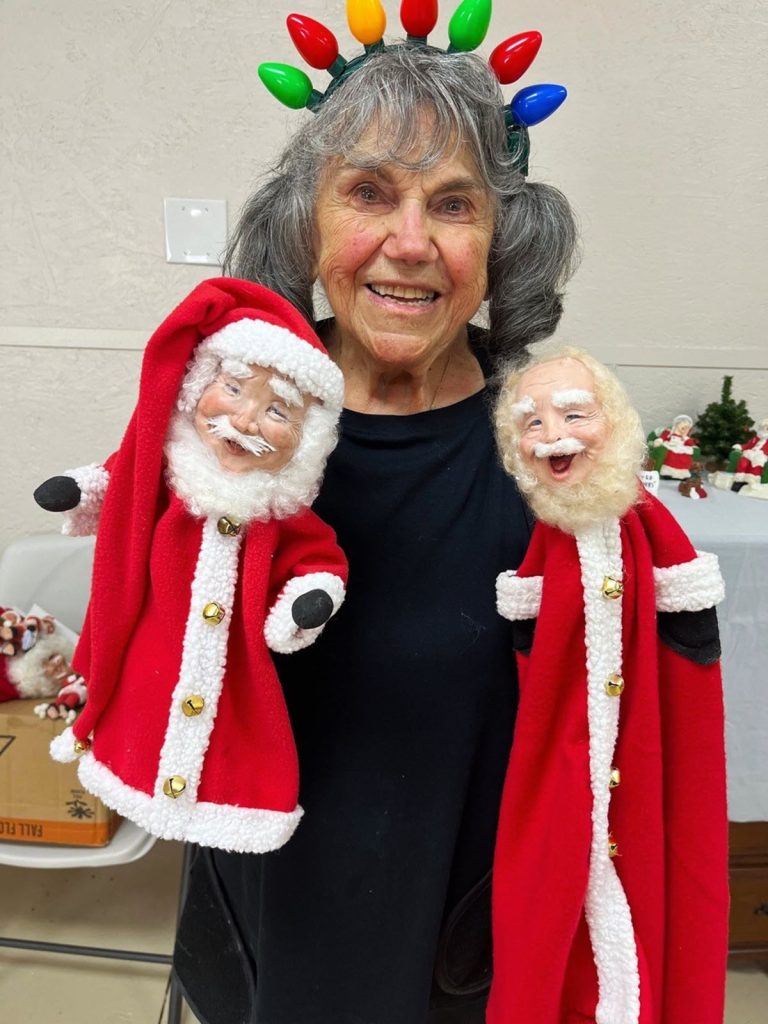

Above Left: Each Crunkle-Clause from 2023 comes with a special tag.
When she was about 35 to 40 years old, Crunkleton learned the art of making soft-sculpture dolls using stretch fabric. Once she was satisfied with the results, she opened a booth at the Southern Living Christmas Show to sell her creations. Her love of dollmaking only grew from here, and she found she particularly enjoyed making rag dolls, to the extent that she opened a doll shop called The Rag Doll. With her skills as a draftsperson, she designed six rag doll patterns, which were picked up by several wholesale distributors and lasted about five years.
Upon her introduction to Sculpey, her dolls took on a new appearance. Crunkleton said, “I could visualize a face and would sculpt until it would appear. I was getting quite good at sculpting and dollmaking.” She even tried her hand at teaching others to sculpt but found she preferred the experience of watching her own faces come to life.
“The next venture I got into was resin Santa Clauses, which were purchased by the Schmid Company,” Crunkleton said. Her line was called The Christmas Academy. She also created 125 resin figurines as part of her Lincoln County Garden Club line, which she said was her most successful line. Crunkleton said, “I had acquired sales reps and the LCGC line sold in retail shops all over the USA. I had to make personal appearances and travel to do artist signings each weekend. I even had to close my Rag Doll shop to make those appearances.” The line was later purchased by Hanford’s of Charlotte, North Carolina.
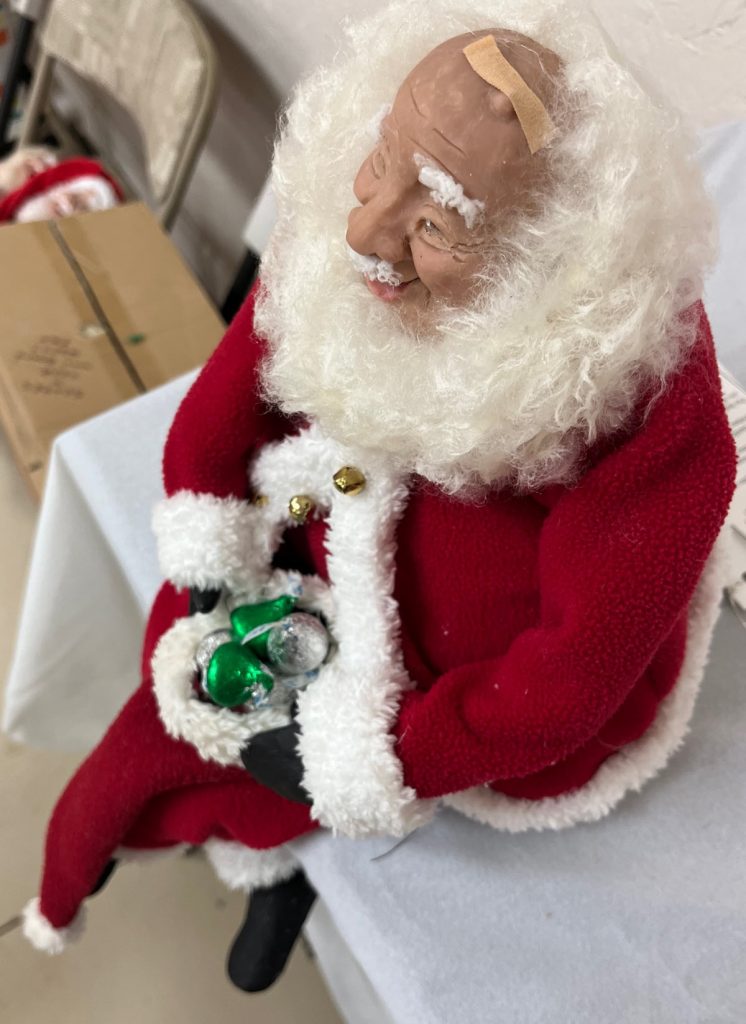

It’s Christmas Year-Round
In recent years, Crunkleton has worked on a couple different doll projects, including her Rescue Santas (affectionately called Crunkle-Clauses) and vintage-reproduction mannequin heads. She said, “I get my ideas from just looking and watching people — mostly old people; they are most interesting to me. Old faces have so many signs of where they have been, and that is what I try to capture.” In her dolls, she likes to include wire armatures so they can change positions. “Their faces are a major part of their expressing, but arms and legs also say something about what is going on in the doll’s mind,” she said.
The inspiration for her Crunkle-Clauses came about while Crunkleton was in a thrift store. “I saw a red fleece blanket on the shelf, and I did not see it as a blanket — I saw it as a Santa suit I would make for a Santa Clause … and sew/so I did,” she said. “I made the Santa suit out of the blanket (with a pattern I made); sculpted his head, hands, and boots; got stuffing from some pillows; wool for his beard from some sheep I did not even know; taught him to ‘Ho Ho Ho’; and finally wrote the story of his life on a hand tag attached to his arm.” For 2023, she took it a step further and considered what a night of going down chimneys would mean for Santa, which resulted in the addition of a bump on his head and a tag with a special warning poem. The Santa dolls are about 18 inches tall when standing, and commissions are accepted from buyers who want their Santa to look like a specific person.
Crunkleton continues to reimagine her Santas and has a new Santa Help Wanted line of resin dolls currently in the works but not yet available for sale. It features an exhausted Mr. and Mrs. Claus and a group of Santa applicants. Regarding where she sees her art going in the future, she said, “Honestly, I do not know. All I know is my Santa is like a real person to me. He has an expressive face, is very special, and has a personality all his own.”

Crunkleton Creations | crunkleton.com | margecrunkleton32@gmail.com


